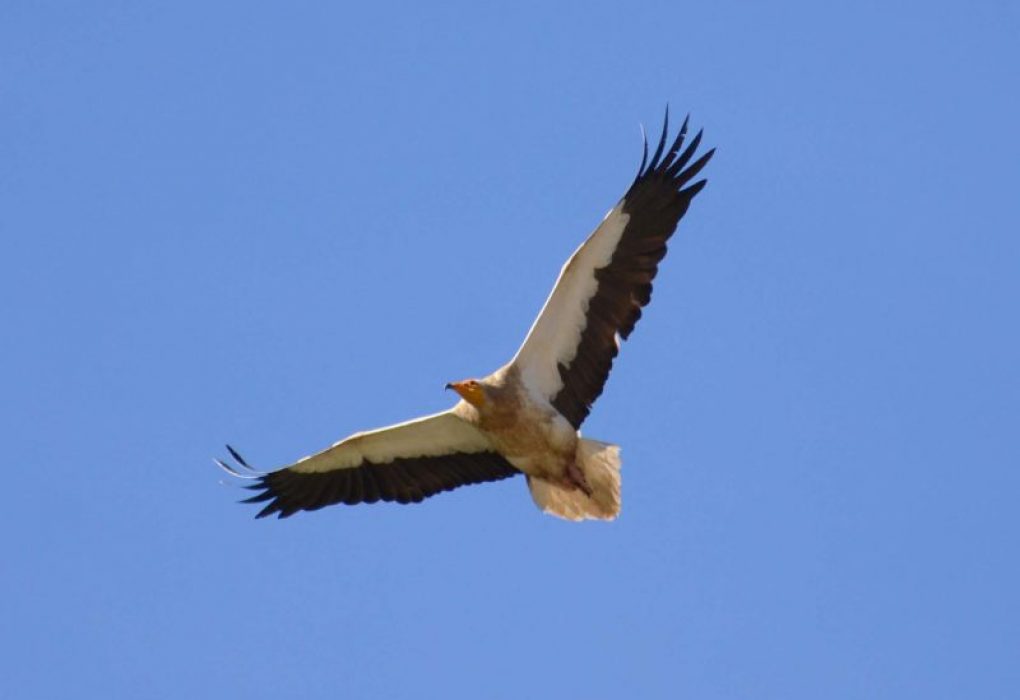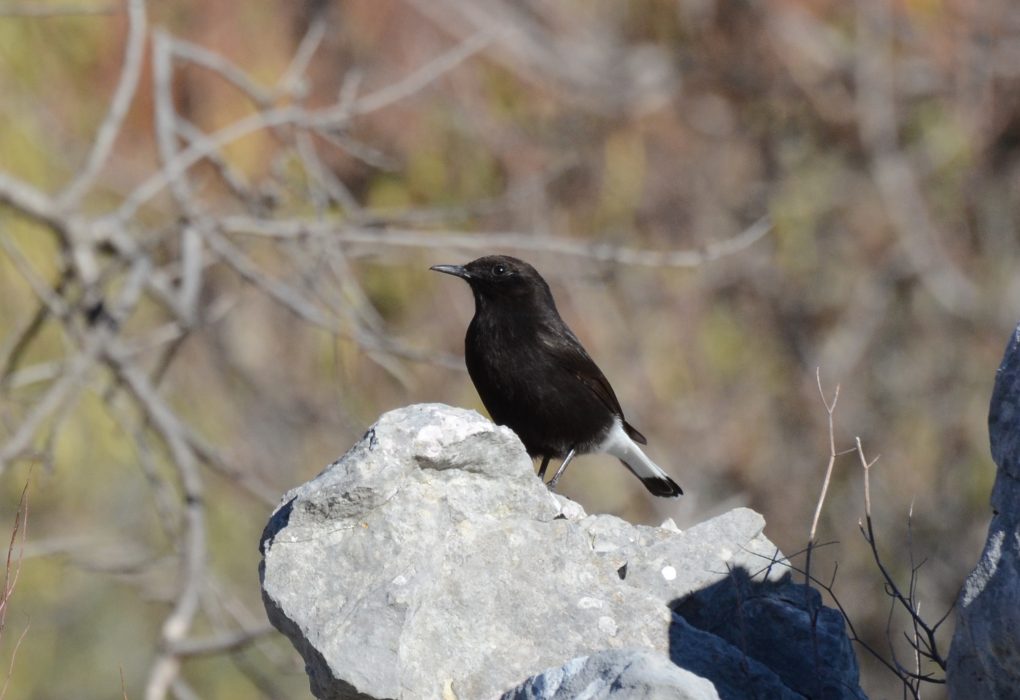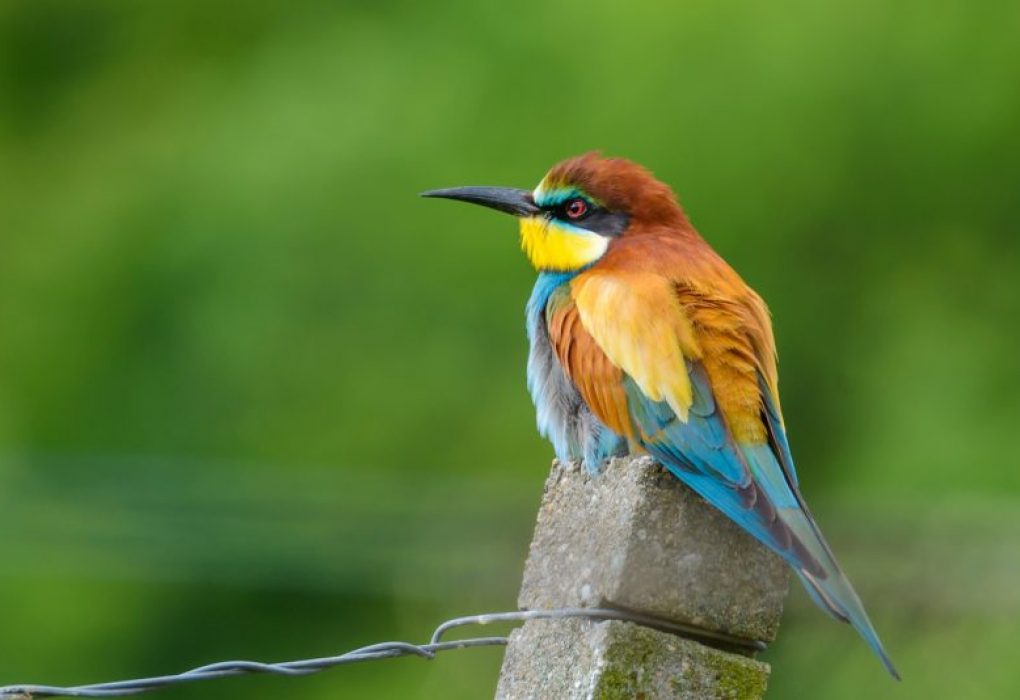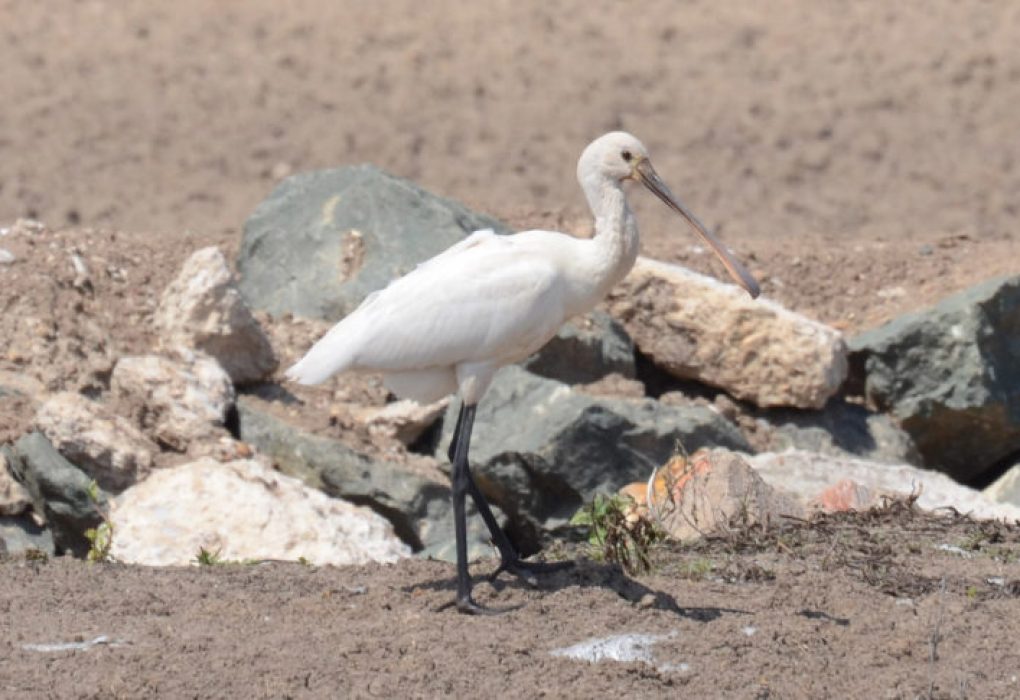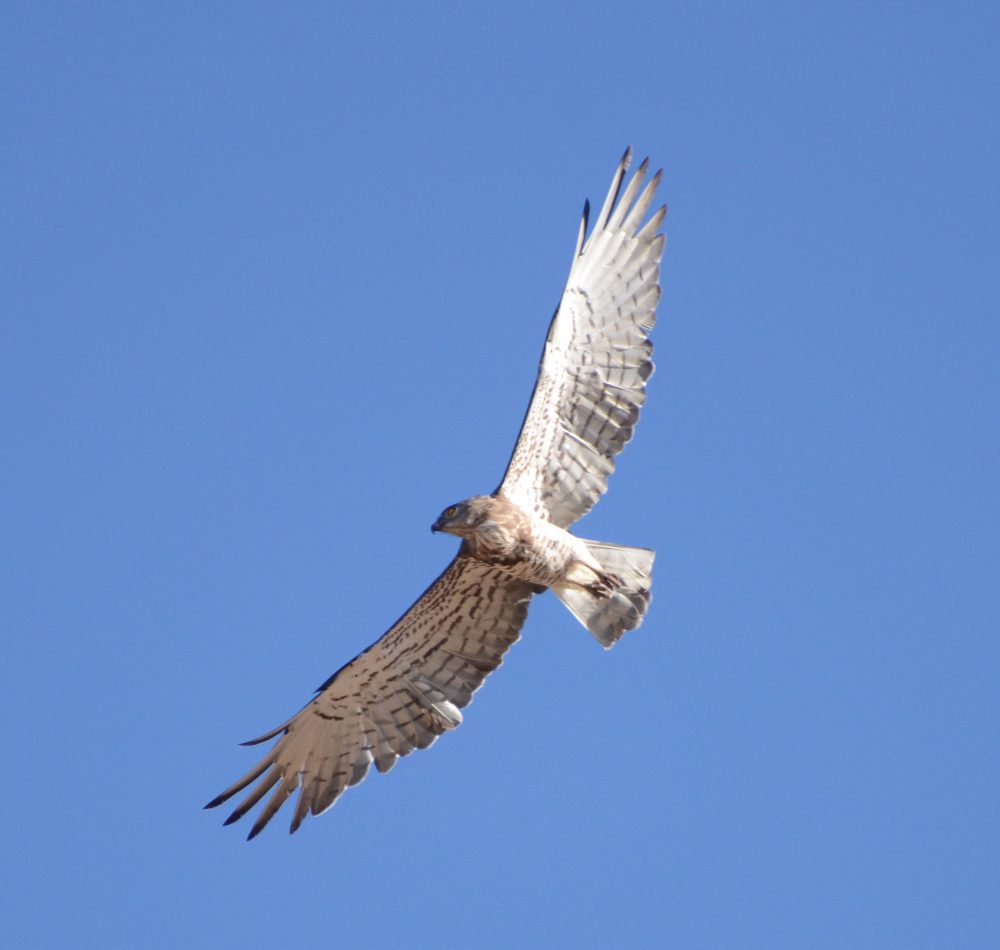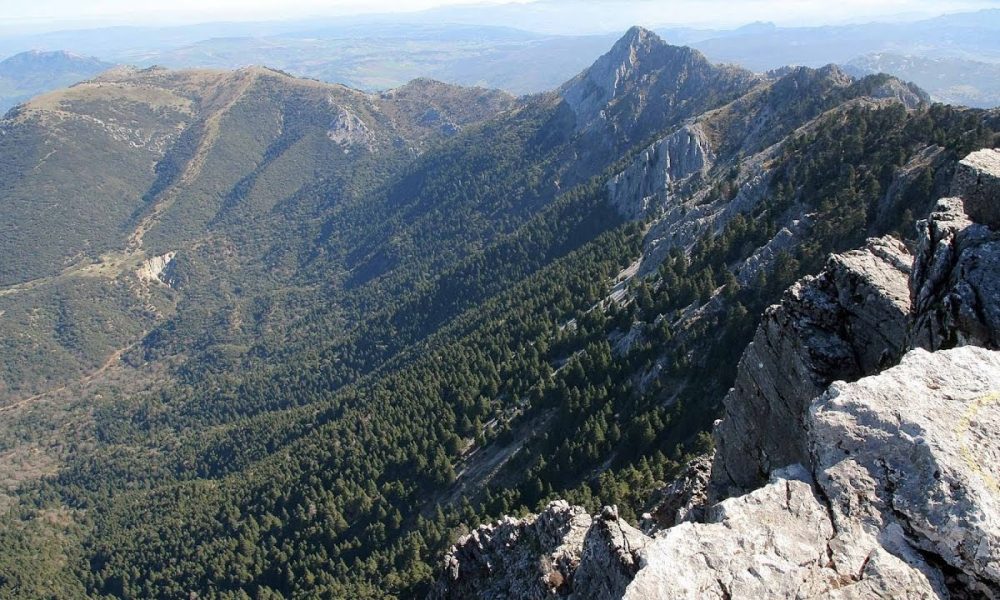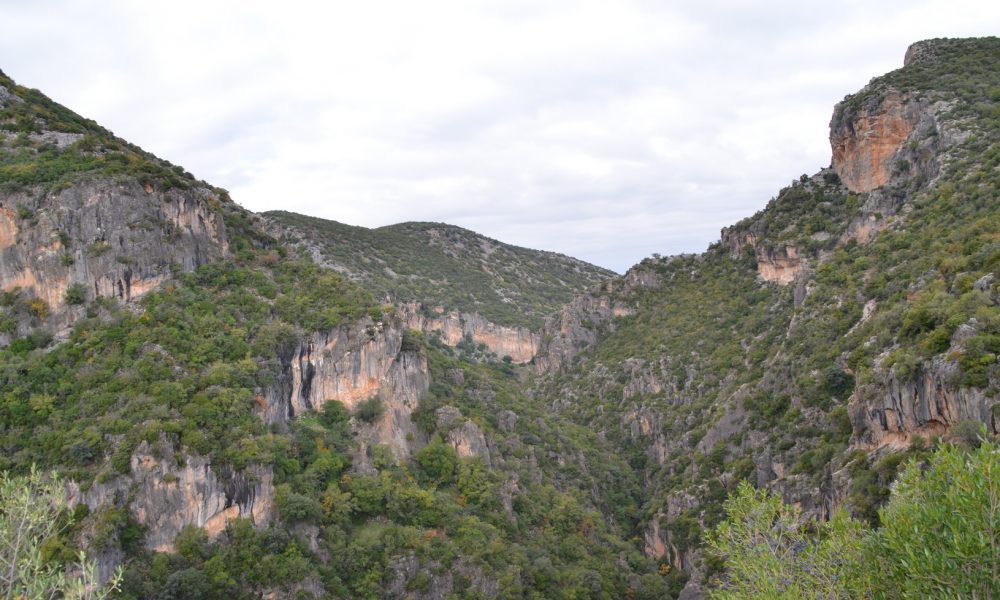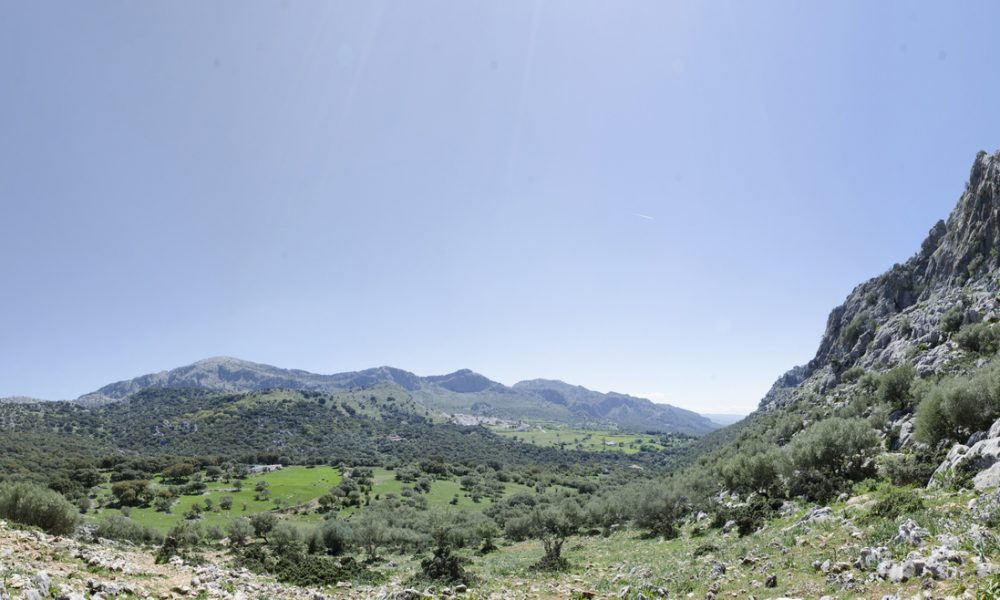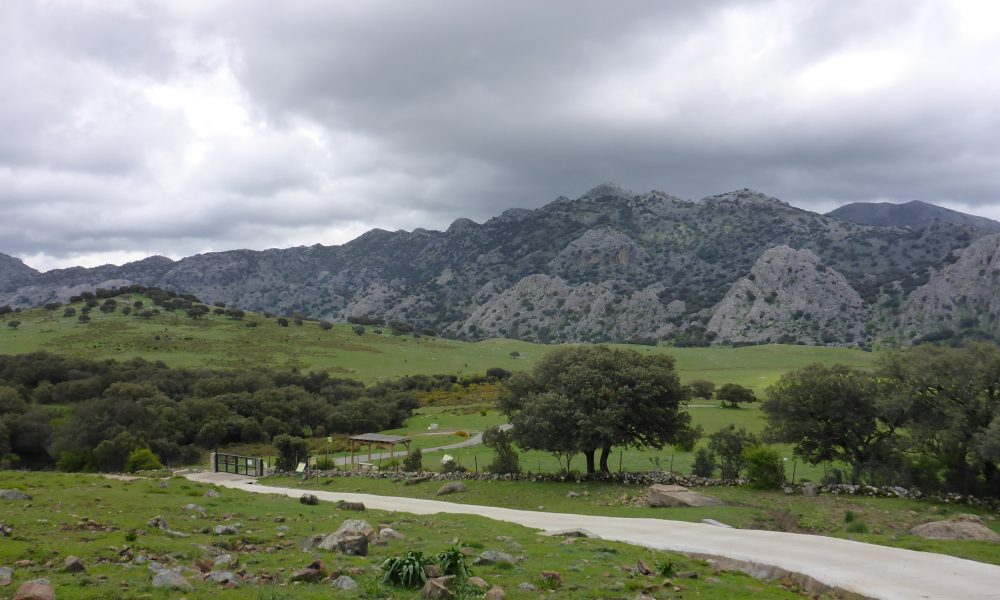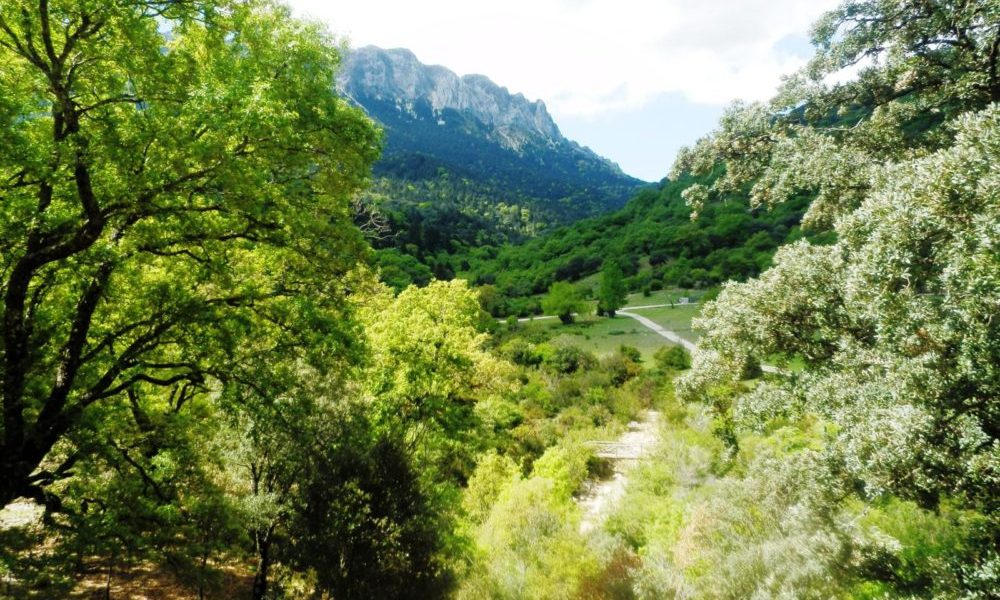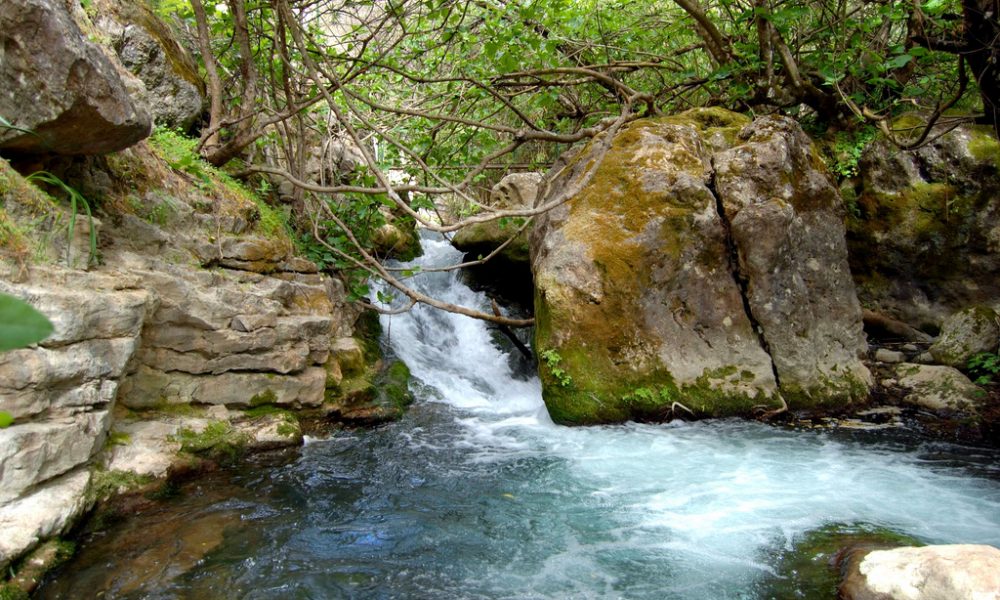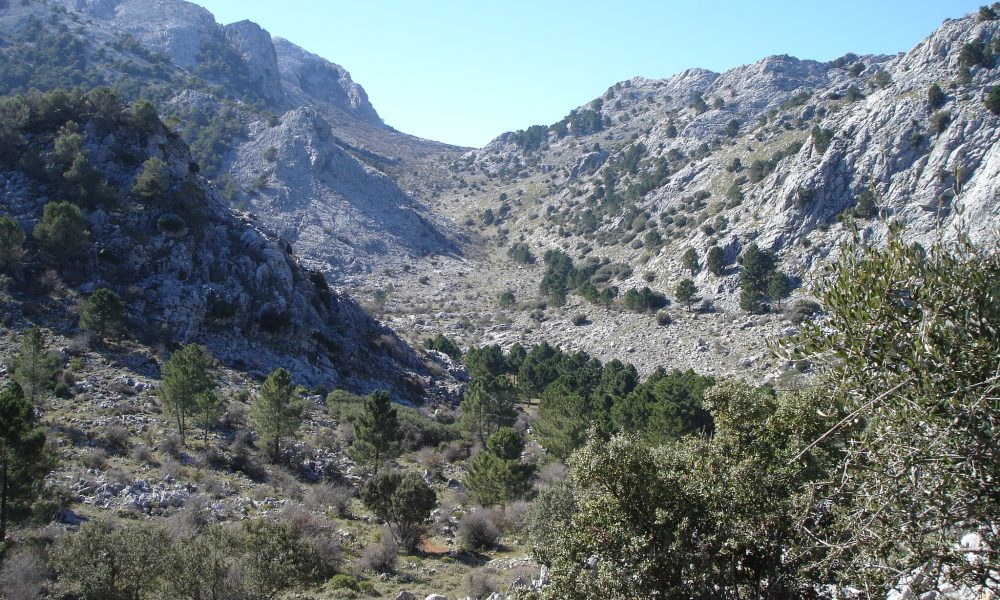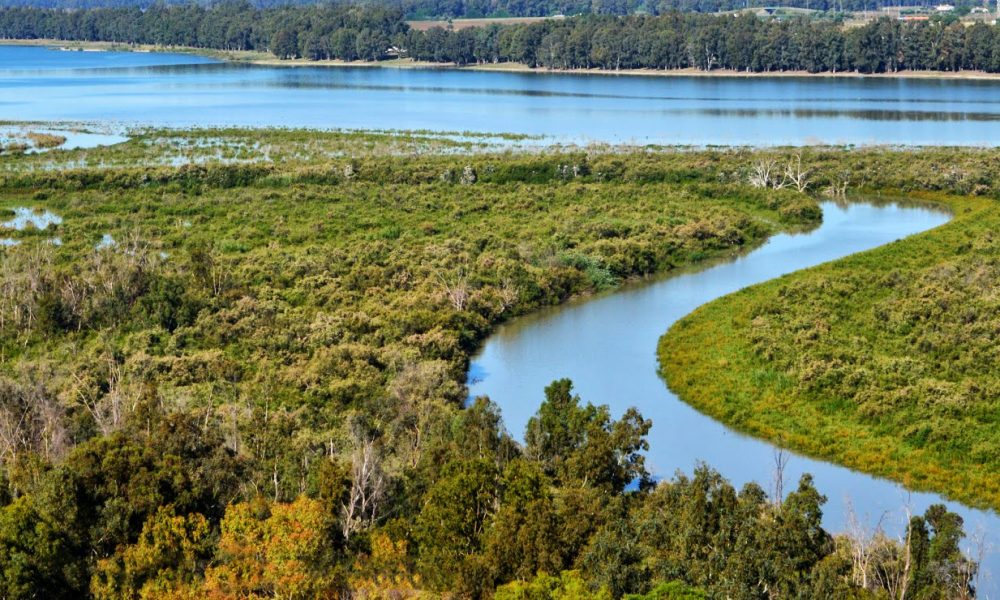BIRDWATCHING
We can design customised tours according to your target species. Our priority is to offer you an exclusive experience. What do you want to see?
If you enjoy birdwatching while walking across a beautiful landscape, this is your option. Here we propose you a set of hikings across the best birdwatching spots of Sierra de Cadiz
TAILOR MADE TOURS
We can design customised tours according to your target species. Our priority is to offer you an exclusive experience. What do you want to see?
RAPTORS
Mountains, gorges, cliffs, Mediterranean forests and wetlands, are home to more than 20 species of raptors. Its proximity to the Strait of Gibraltar allows us to enjoy the great spectacle of migration. In addition, Sierra de Cadiz hosts one of the largest colonies of griffon vultures in Spain.
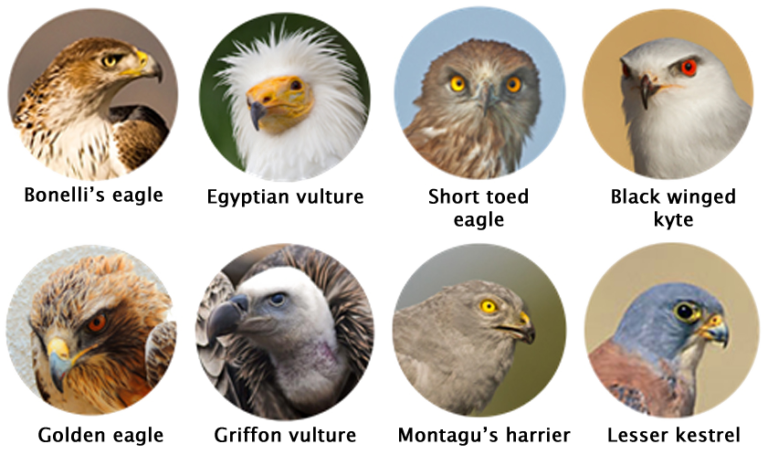
MOUNTAIN BIRDS
Sierra de Cadiz rises from its base at 200m to 1648m over sea level, in just 15km of ascent. This offers us the opportunity of reaching a lot of different mountain habitats in a relative small area, which means large number of birds in a single day of observation.
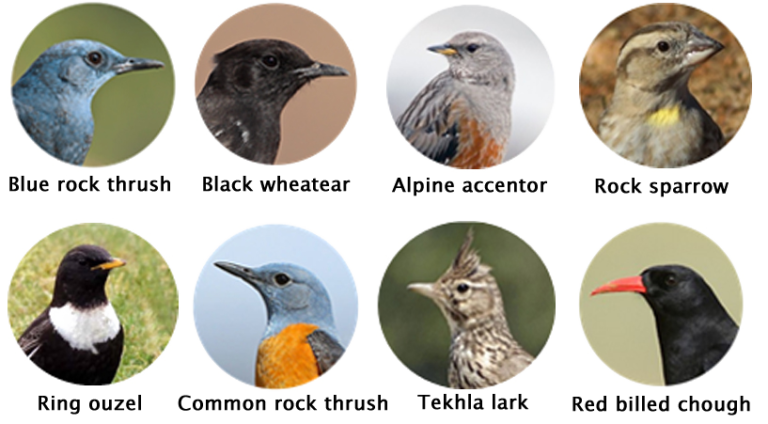
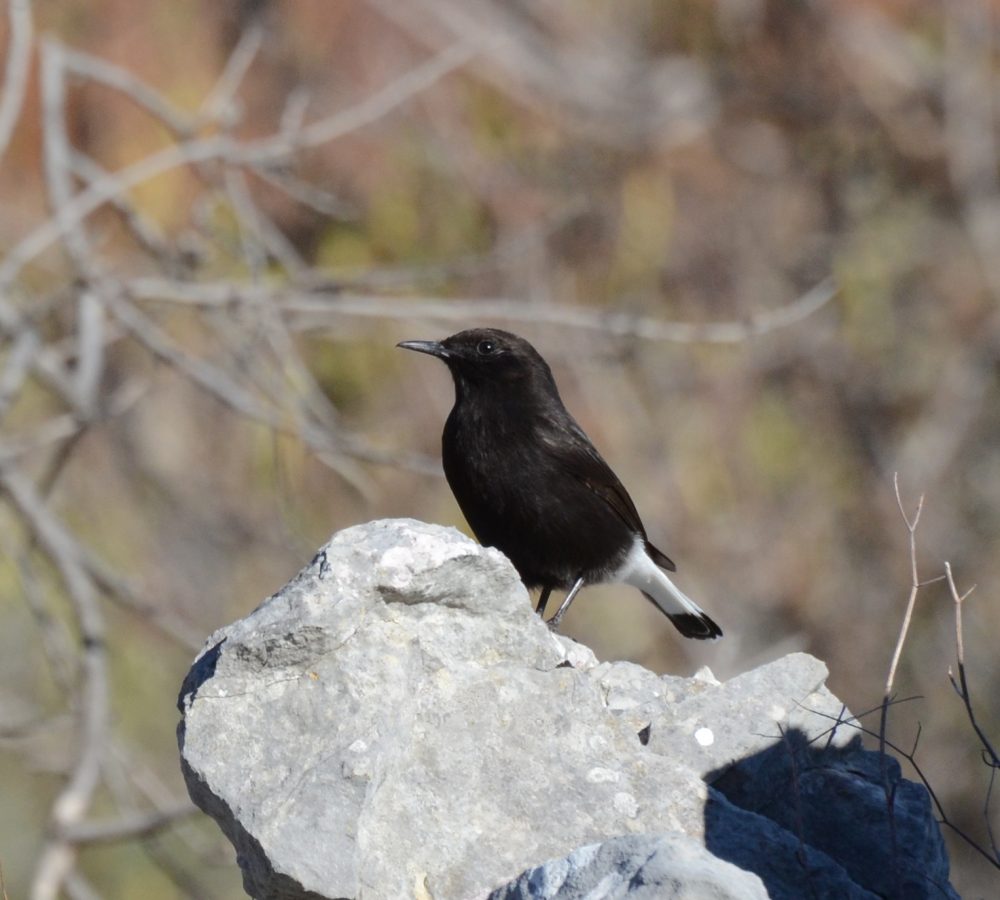

MEDITERRANEAN FOREST
Holm, portuguese and cork oaks, combined with a dense undergrouth of Mediterranean vegetation, represent perfect shelter for a large number of passerines and raptors. In addition, we can find the best preserved forest of the unique Spanish fir, endemism of the area that led to the declaration of this park as a UNESCO Biosphere Reserve.
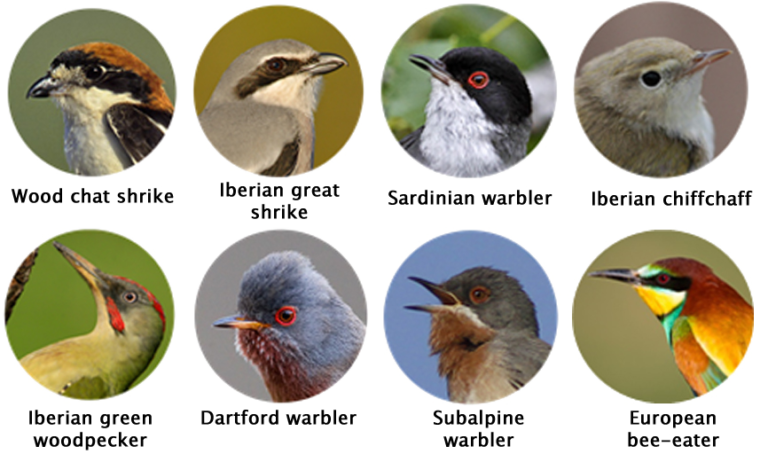
WETLANDS
We have the opportunity to visit several wetlands just at the base of Sierra de Cadiz, where we could enjoy a large number of waterfowl. Tamarix and shore forest are refuge and main roosting area for great number of herons, ducks, passerines or raptors. Enjoying the sunset over the wetlands could be the perfect ending for a birding day at Sierra de Cadiz.
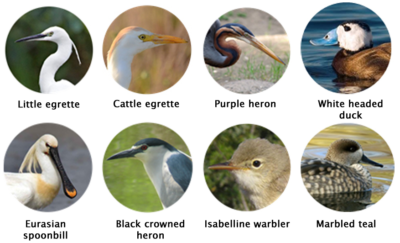
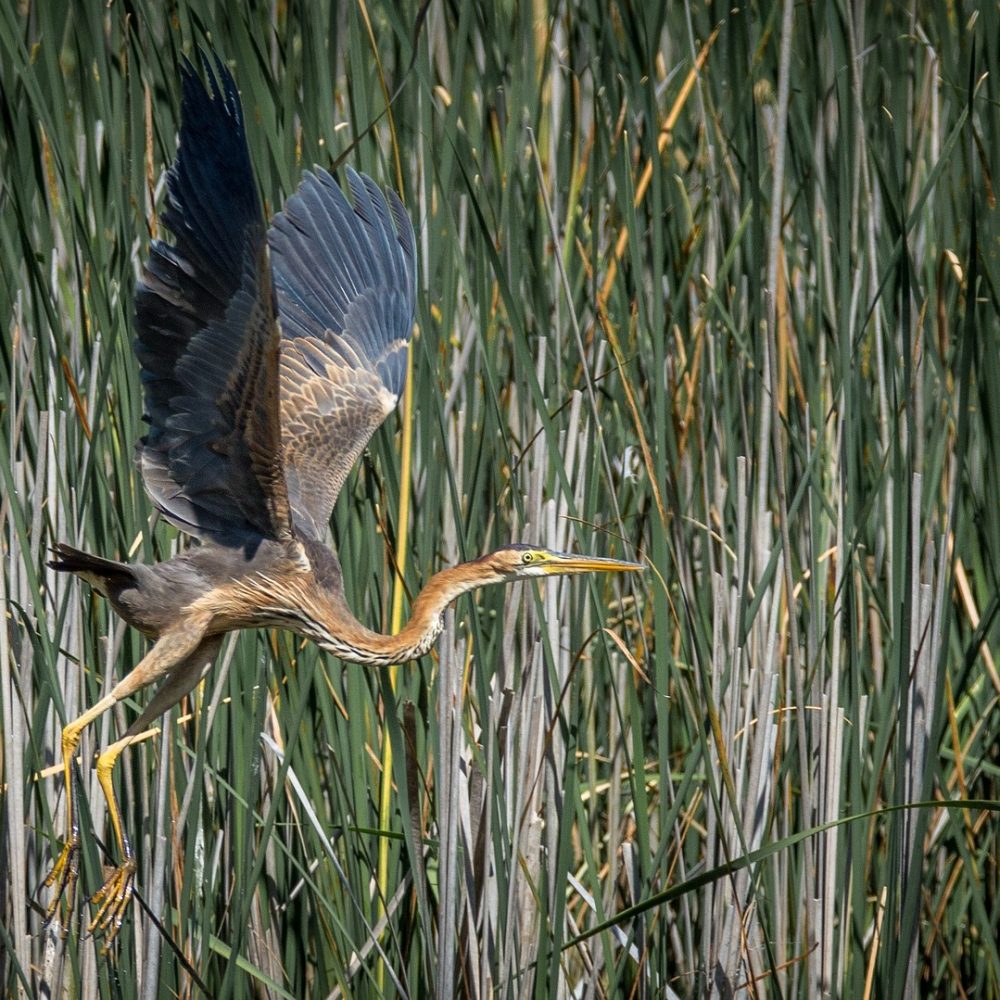
BIRDING AND HIKING
If you enjoy birdwatching while walking across a beautiful landscape, this is your option.
Here we propose you a set of hikings across the best birdwatching spots of Sierra de Cadiz




Mountain Birds / Raptors / Mediterranean forest




Mountain Birds / Raptors / Mediterranean forest




Mountain Birds / Raptors / Mediterranean forest




Mountain Birds / Raptors / Mediterranean forest




Mountain Birds / Raptors / Mediterranean forest




Mountain Birds / Raptors / Mediterranean forest
Hiking details
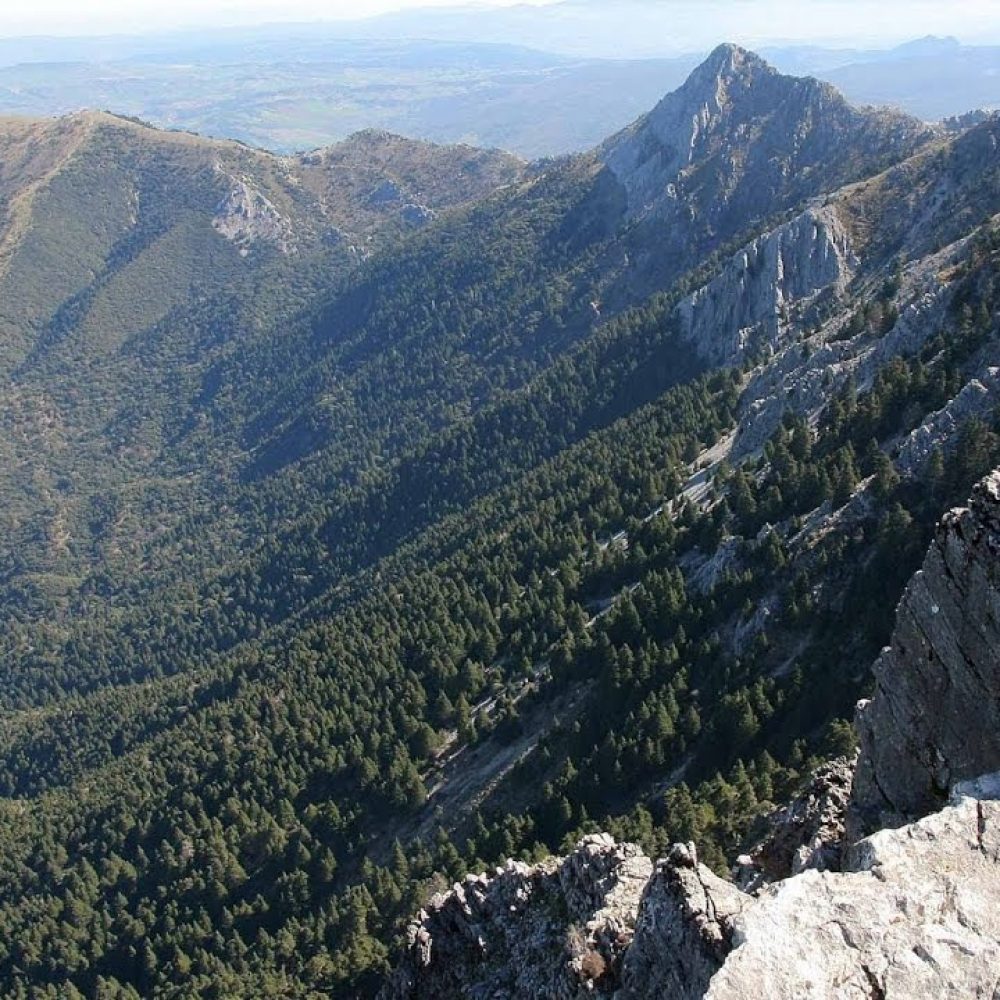
Pinsapar




This path delights us with the forest of pinsapos, unique fir that led to the declaration of these mountains as a Biosphere Reserve and Natural Park. The path begins to ascend between pines until you reach Puerto de las Cumbres, a natural pass to the north face of this mountain range. You can also see El Torreón, the highest peak in the province of Cádiz, and some fir trees that announce the proximity of the forest. As we enter the Spanish fir forest, the little light that penetrates the forest will draw our attention. El pinsapar is a vestige of distant times, a botanical jewel restricted to a very small distribution area.
Possible birds:
Residents: Golden eagle, Bonelli’s eagle, Black wheathear, Blue rock thrush, Griffon vulture, Iberian green woodpecker, Red billed chough
Breeding: Egyptian vulture, Short-toed eagle, Booted eagle
Wintering: Ring ouzel, Alpine accentor, Common crossbill
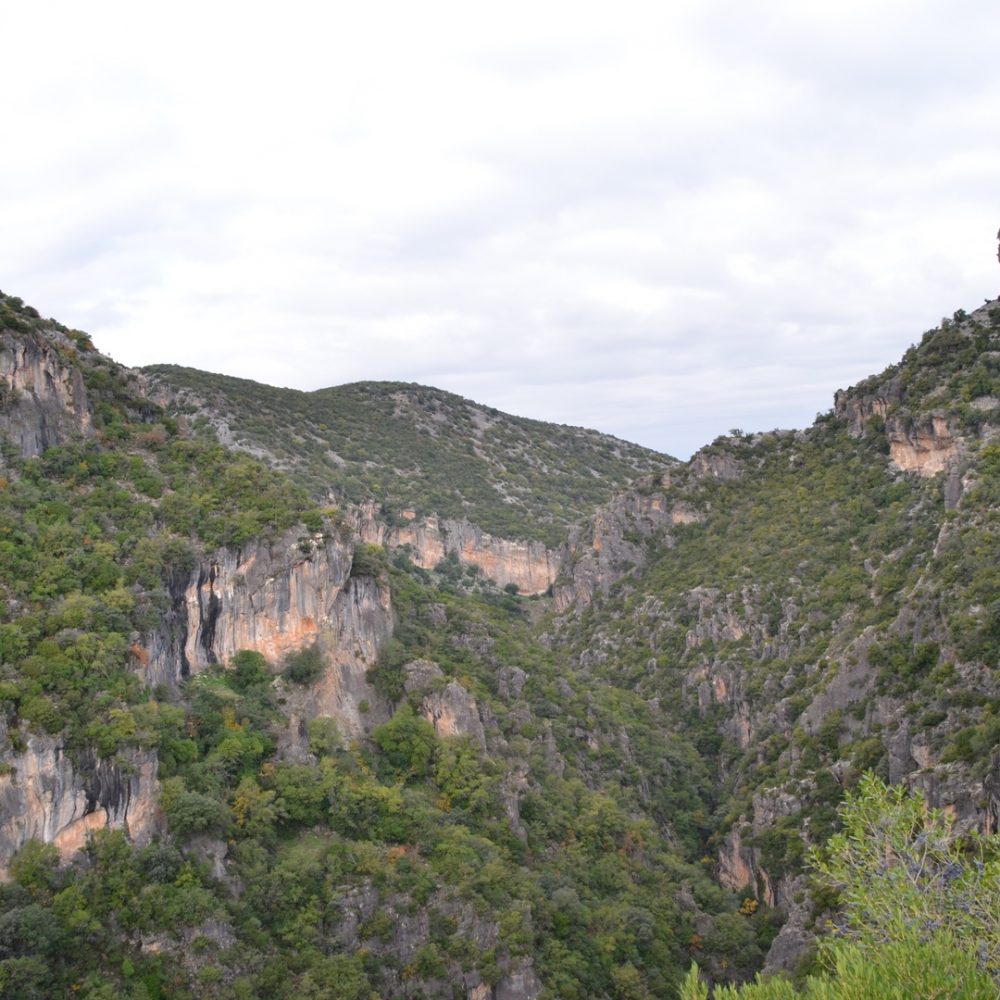
GARGANTA VERDE




This narrow canyon is one of the most impressive natural frameworks in the whole region and it is a true paradise for birdwatching. Interesting observations of geological and botanical character can also be made. We start the route at the upper side of the valley in a Mediterranean forest of wild olive trees, mastic and broom. As we descend into the gorge, we can enjoy the sight of forest birds, raptors and rocky birds that colonise the cliffs. After a descent of more than 300 meters, we reach the riverbed of Bocaleones, the river that has shaped this spectacular gorge. At the end, a large cave whose roof is full of stalactites of pink and green tones awaits us.
Possible birds:
Residents: Griffon vulture, Bonelli’s eagle, Golden eagle, Booted eagle, Black wheathear, Blue rock thrush, Red billed chough, Tekhla lark, Sardinian warbler, Dartford warbler
Breeding: Egyptian vulture, Short-toed eagle, Wood chat shrike, Subalpine warbler, Wood chat shrike.
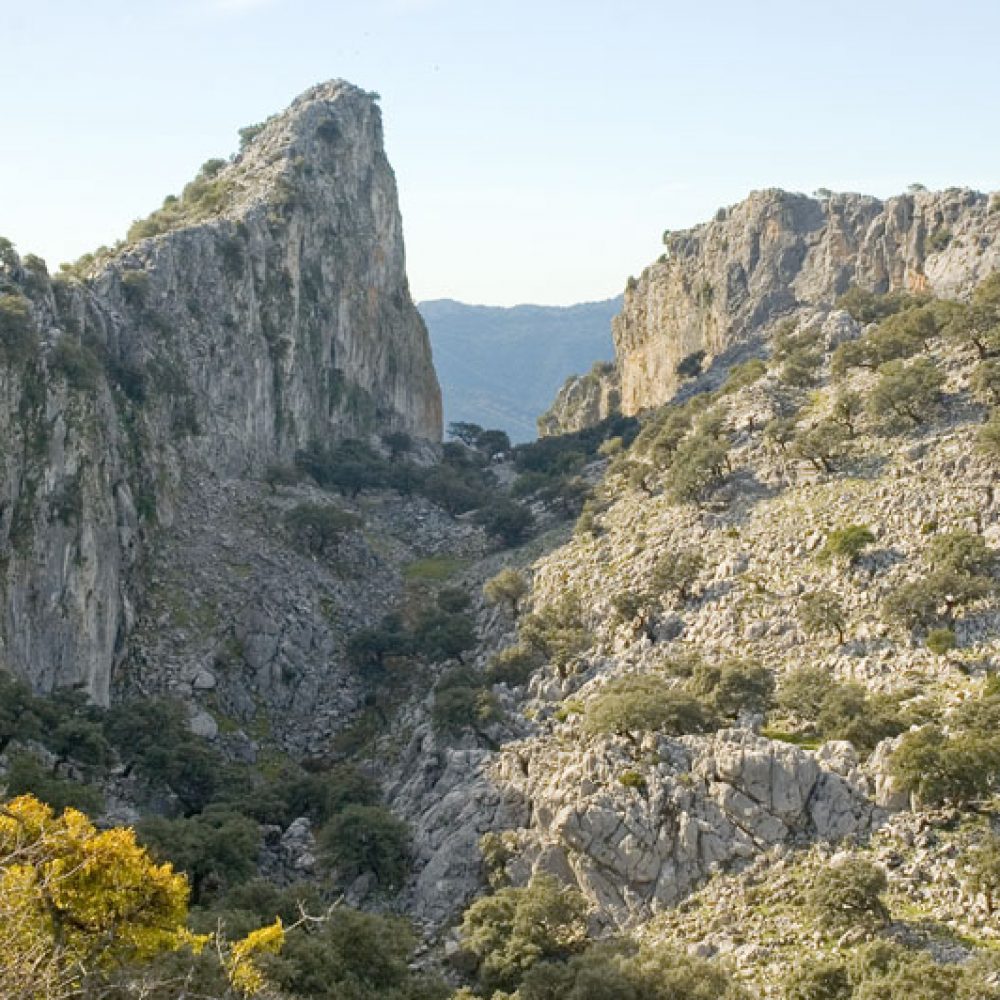
SALTO DEL CABRERO




This route gives you a magnificent example of karst landscape in which we can enjoy geological wonders such as the fault that gives the route its name, the lapies that lead to it or the cliffs that give shelter to many birds. We start walking on a rocky path through a Mediterranean forest, where we could observe multitude of birds. While ascending to the lapies, waking close to the cliffs, we could appreciate many raptors and rocky birds.
Finally we cross a plateau and we descend to an spectacular viewpoint over the fault which gives name to this route.
Possible birds:
Residents: Griffon vulture, Bonelli’s eagle, Golden eagle, Booted eagle, Black wheathear, Blue rock thrush, Red billed chough, Tekhla lark, Sardinian warbler, Dartford warbler
Breeding: Egyptian vulture, Short-toed eagle, Wood chat shrike, Subalpine warbler, Wood chat shrike.
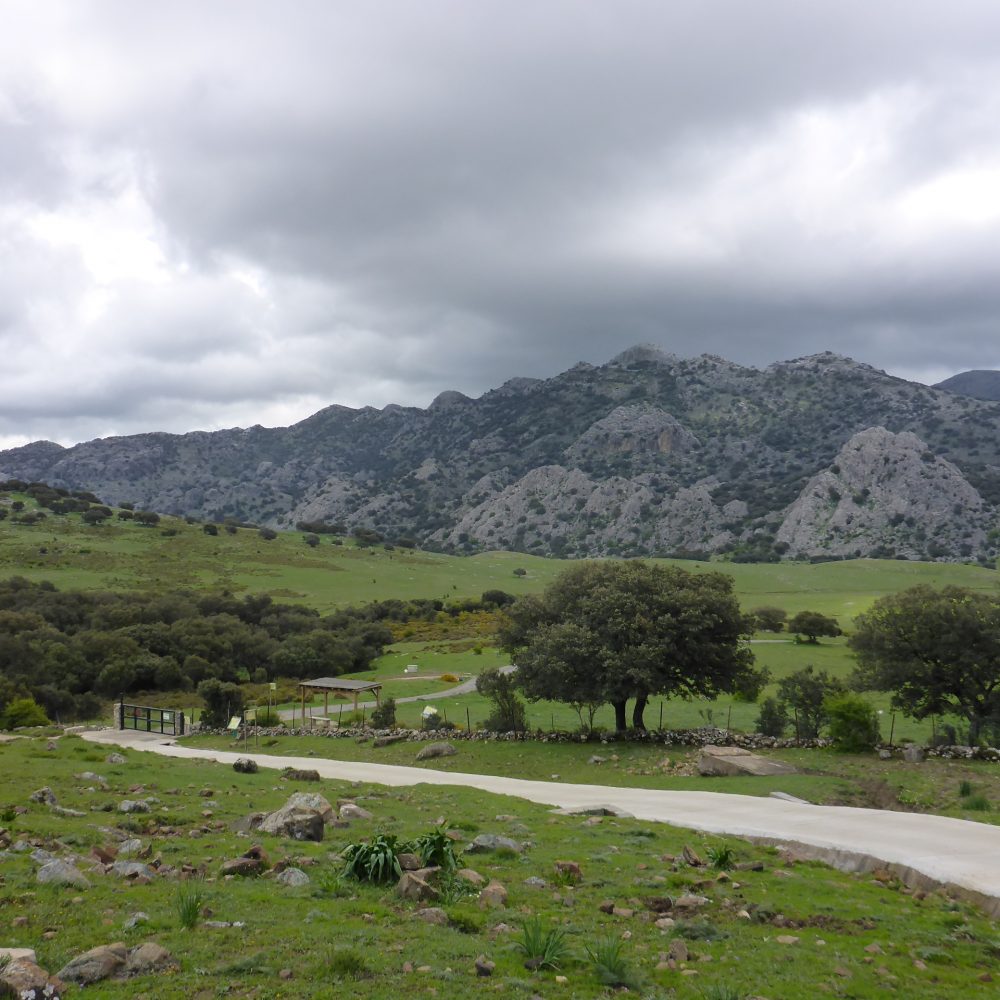
LLANOS DEL REPUBLICANO




This trail offers us incredible and unusual landscapes. Along the route we can take advantage of a great variety of ecosystems. We start our descent into the plains through a Mediterranean forest of cork oaks, Portuguese oaks and holm oaks that shelters numerous forest birds.
Once we arrive onto the plains (actually it is a polje) we find several stationary river courses whichflow together and vanish in a pit cave, making this site a terrific emplacement for geology lovers. Around us, the steep walls that enclose the valley offer us the possibility of observing a multitude of birds of prey and rocky birds.
Possible birds:
Residents: Black wheathear, Blue rock thrush, Iberian grey shrike, Griffon vulture, Iberian green woodpecker, Red billed chough, Tekhla lark
Breeding: Egyptian vulture, Short-toed eagle, Wood chat shrike, Subalpine warbler, Wood chat shrike, European bee-eater, Iberian chiffchaff
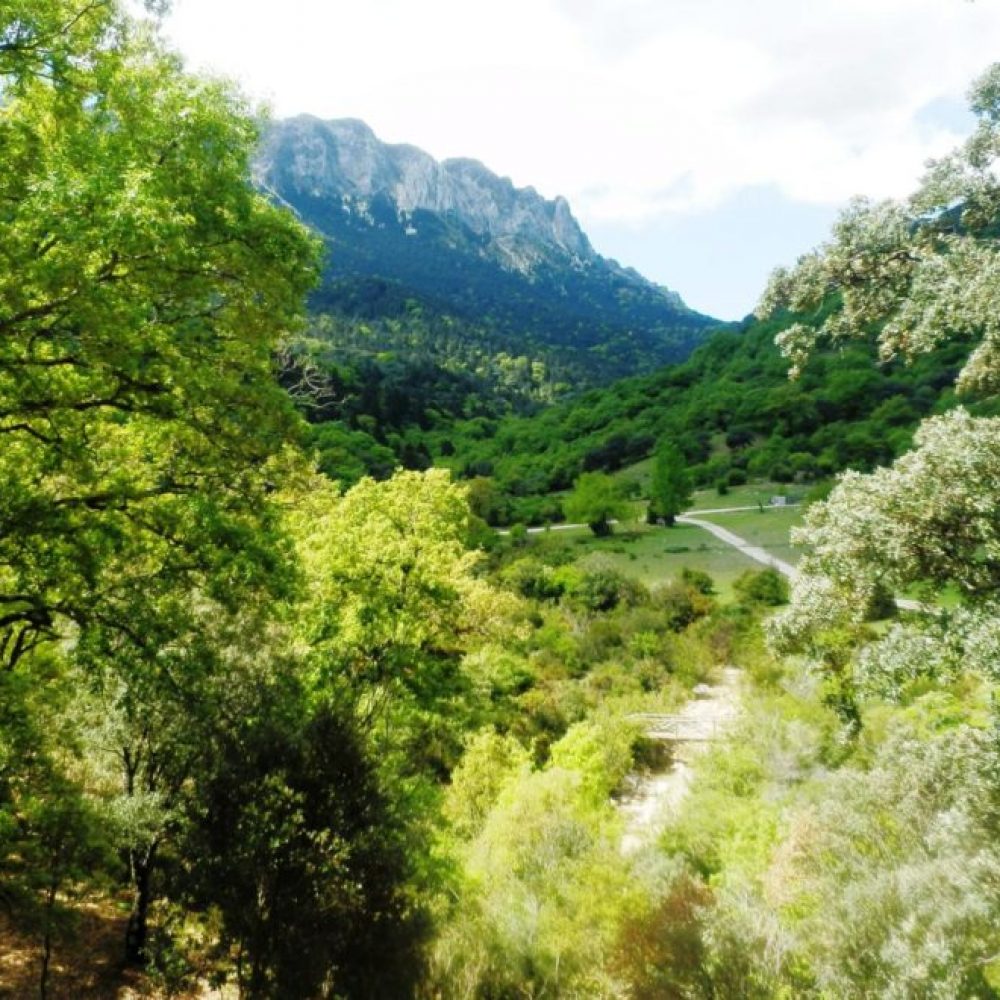
LLANOS DEL RABEL




This is a very comfortable and easy path which goes into the protected area of Sierra de Grazalema, which makes it an ideal walk for the family. The route runs through a forest of Spanish fir, on a road densely populated with Mediterranean vegetation that shelters a wide variety of fauna. In the background you can see the silhouette of El Torreón, the highest mountain of Cádiz, and even higher, the flight of the vultures. The true protagonist of this trail is the Spanish fir, one of the nine species of fir trees that surround the Mediterranean and that only lives naturally in three mountain ranges of Andalusia.
Possible birds:
Residents: Golden eagle, Bonelli’s eagle, Griffon vulture, Iberian green woodpecker, Red billed chough
Breeding: Egyptian vulture, Short-toed eagle, Booted eagle, Iberian chiffchacff
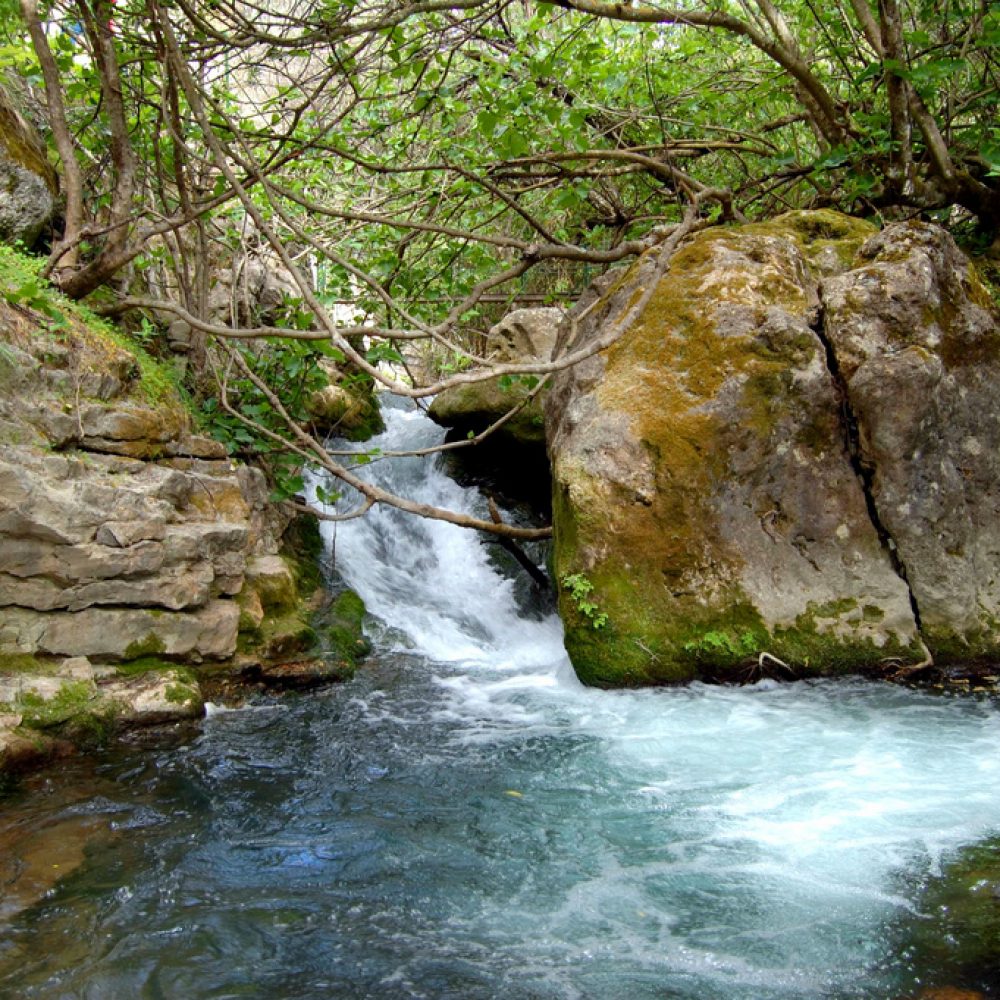
RÍO MAJACEITE




The route runs parallel to Majaceite River and connects the villages of Banamahoma and El Bosque. This river offers a magnificent gallery forest, a vegetable tunnel of great beauty and freshness. Poplars, willows, oleanders and honeysuckle among others, grow so tight that they make the banks of the river impenetrable, providing a safe shelter to the abundant fauna that lives here. Along the way it is also possible to see large numbers of birds. The ease of its route and the beautiful landscape make an ideal walk for the family.
Possible birds:
Residents: King fisher, White-throated dipper, Iberian green woodpecker, Sardinian warbler
Breeding: Golden oriole
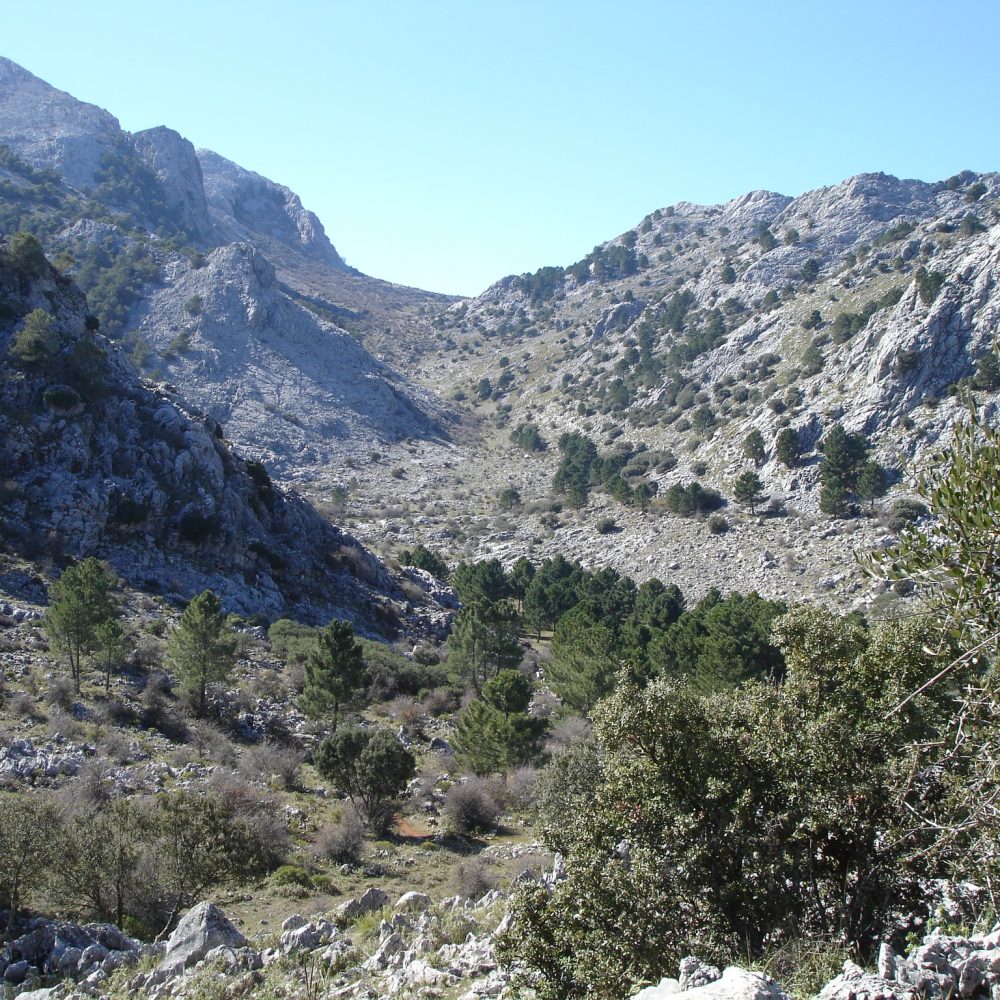
SIERRA DEL ENDRINAL




This path takes us to the heart of Sierra del Endrinal, allowing us to see a great representation of curious formations, created by the dissolution of the limestone, typical of the landscapes of Sierra de Grazalema Natural Park. The Endrinal Plain is a closed and lengthened depression of the terrain, a small polje located at about 1,100 meters of altitude. Among the rocks, not only we can observe a sample of the flora of this natural park, but also one of the most emblematic animals that inhabit the mountain range, the Spanish ibex, as well as a multitude of birds. Besides, from the high areas you get excellent views of significant peaks of this mountain range.
Possible birds:
Residents: Bonelli’s eagle, Black wheathear, Blue rock thrush, Common rock thrush, Iberian grey shrike, Griffon vulture, Red billed chough, Tekhla lark
Breeding: Egyptian vulture, Short-toed eagle, Wood chat shrike, European bee-eater
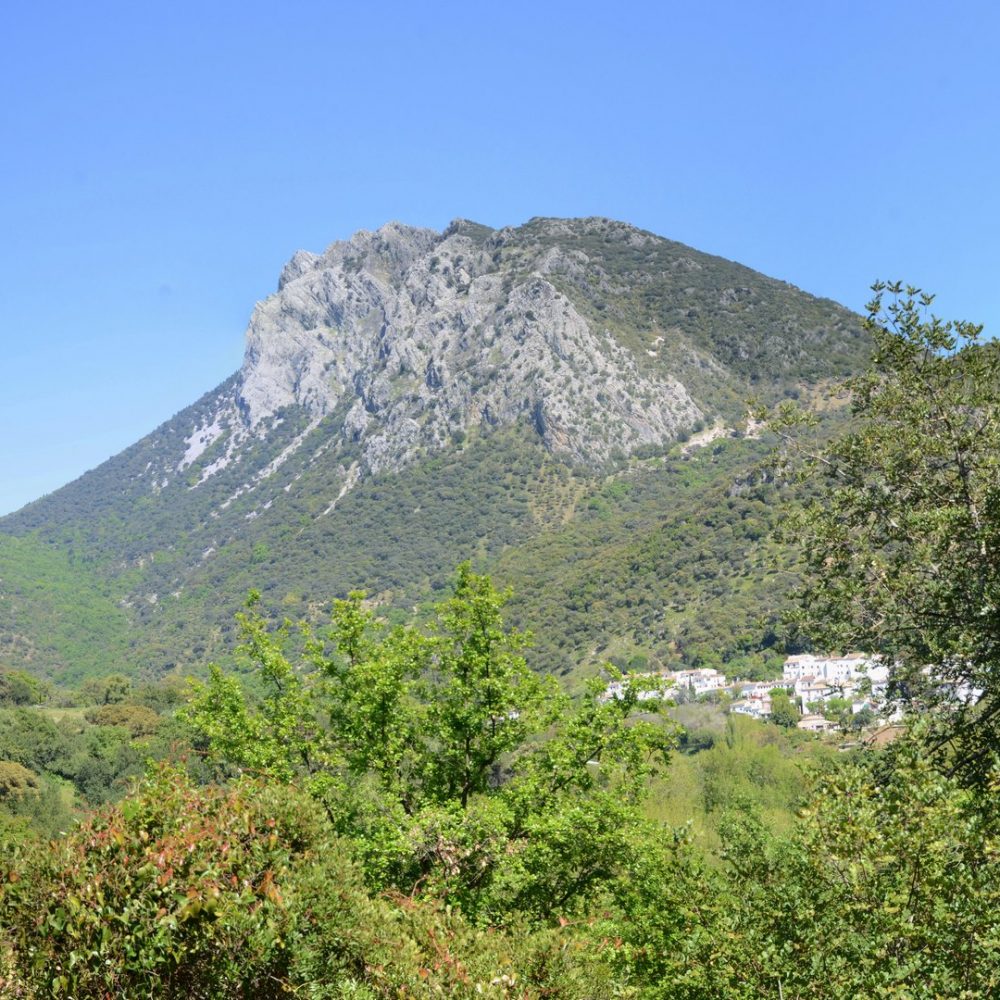
EL TORREÓN




This route takes you straight to Sierra de Cadiz highest summit, El Torreón. We start the climb ascending through an undergrouth of myrtle, mastic and juniper trees. Further up, we reach a magnificent Mediterranean forest of twisted holm oak trees, carob trees and some Spanish firs rising up from the broom. The rocks and cliffs here are the home to botanical marvels such as Cistus albidus and the Grazalema poppy. We pass several dolines and continue to climb over rocky terrain. When we reach the summit of El Torreón we are rewarded with a stunning view of the surrounding area.
Possible birds:
Residents: Bonelli’s eagle, Black wheathear, Blue rock thrush, Griffon vulture, Iberian green woodpecker, Red billed chough
Breeding: Egyptian vulture, Short-toed eagle, Booted eagle
Wintering: Ring ouzel, Alpine accentor, Common crossbill, Iberian chiffchacff
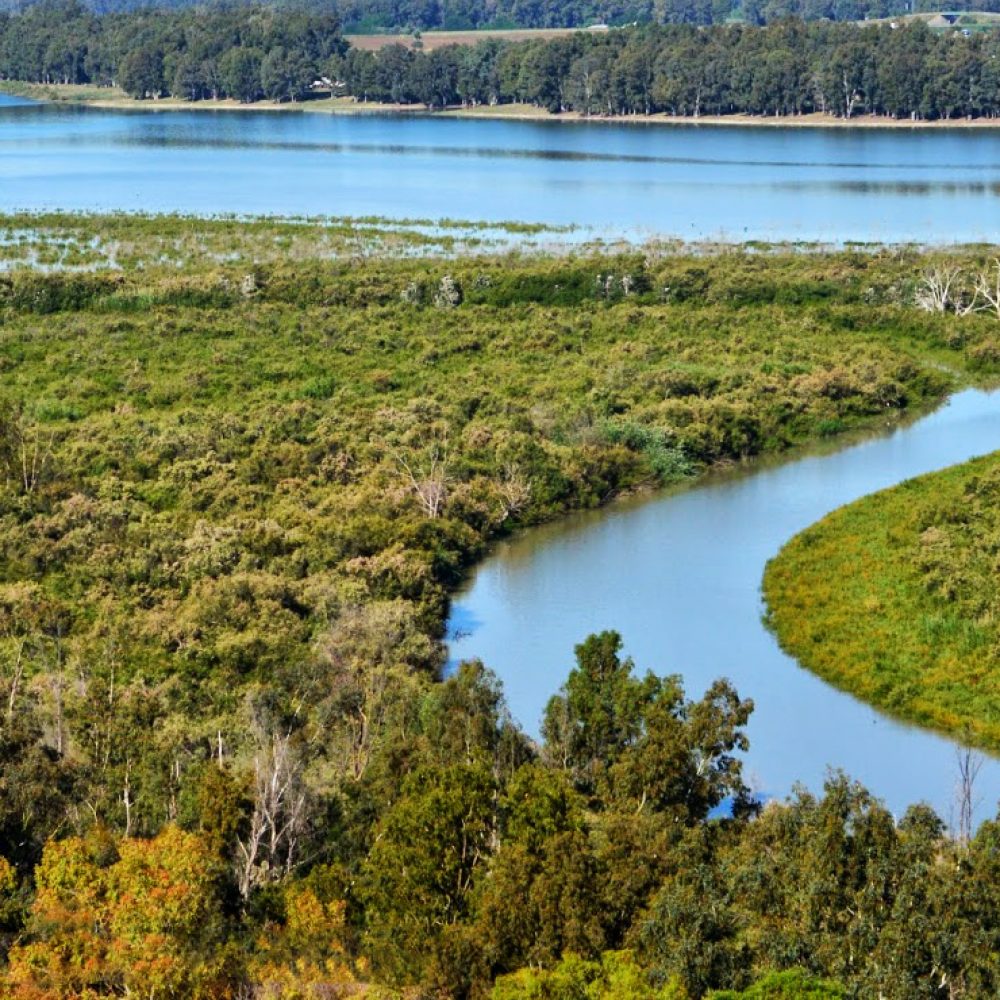
COLA DE BORNOS




Cola de Bornos is a wetland of great ecological value at the base of Sierra de Cadiz. We start the route walking alongside a unique tamarix forest, which follows the shore of Guadalete river, providing shelter and a great nesting spot to an important colony of herons. On one side we have the wetland, while on the other we have olive groves and countryside. At the end of the path we will find a promontory from which we have a full view of the wetland and the reservoir.
Possible birds:
Residents: White-headed duck, Eurasian spoonbill, Black-winged kite, Marsh harrier, King fisher, Little egrette, Cattle egrette.
Breeding: Isabelline warbler, Black-crowned heron, Purple heron, Squacco heron
Wintering: Greater flamingo, Osprey, Hen harrier



